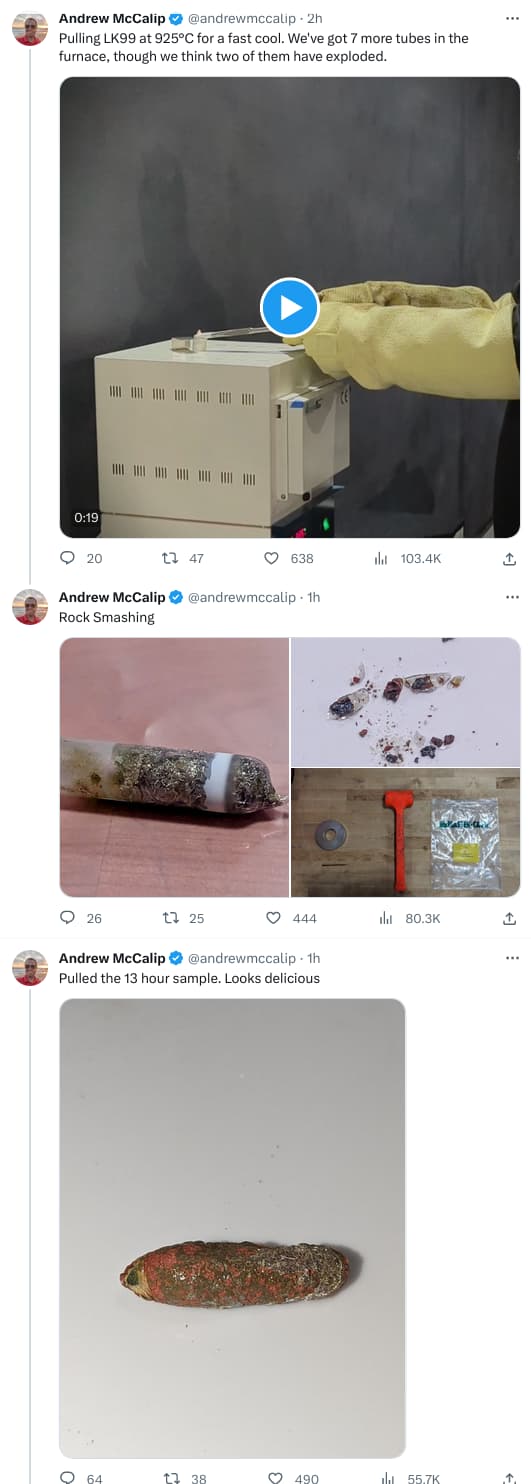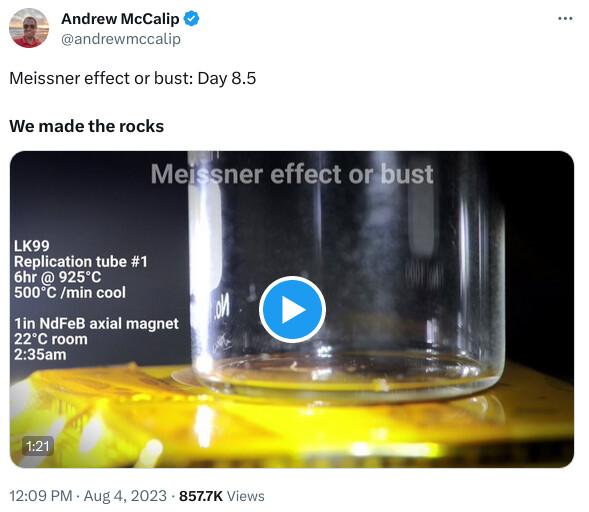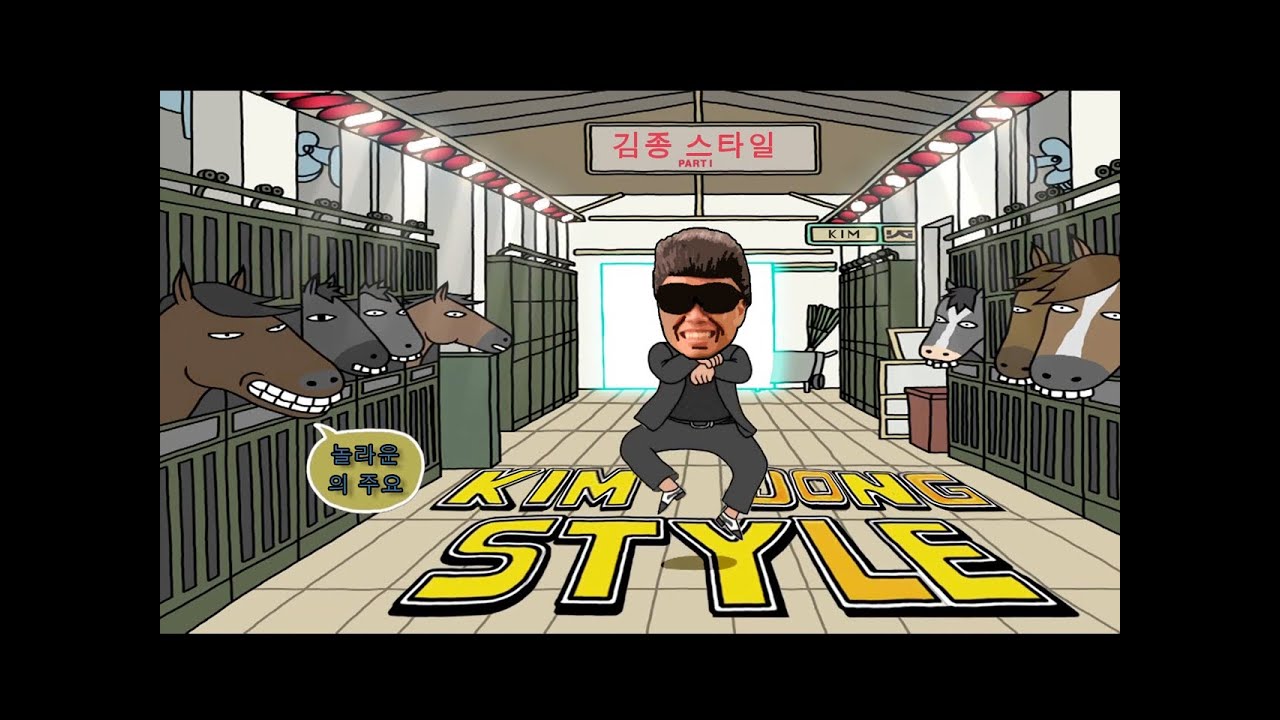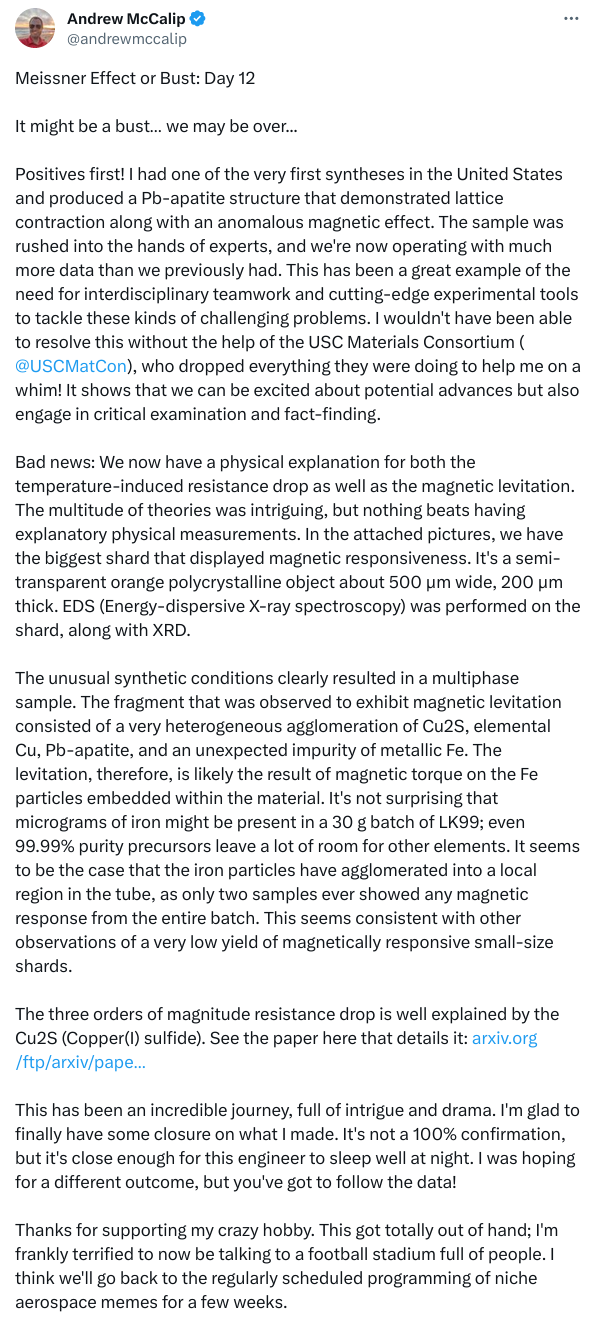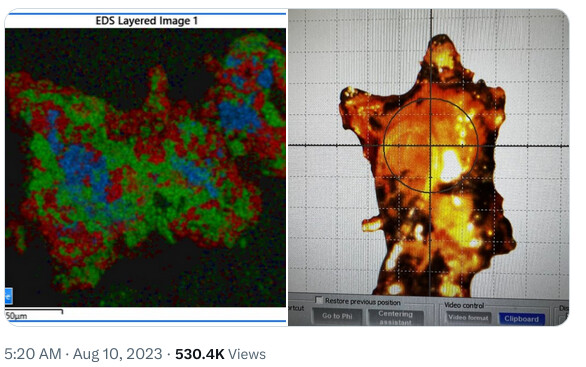So the materials parameter space has a theoretically identified gradient toward room temperature superconductivity which is compute-tractable, as just demonstrated by LBNL, and there hasn’t been an all-out effort to throw massive gradient descent (such as Adaptive Simulated Annealing to avoid local minima traps) ML at the problem?
And now, along comes another room-temperature superconductor patent, U.S. Patent 11,710,584 [PDF]. This appears to have nothing to do with the composition and structure of the Korean LK-99 material discussed so far. Here is the abstract of the patent.
A Type II superconductor includes a perforated carbonaceous material with an activating material on at least one surface. The activating material a non-polar liquid that does not incorporate Pi-bonding in its structure. The superconductor is manufactured by perforating a carbonaceous material to produce voids and coating at least one surface of the carbonaceous material with the activating material. A superconductive cable includes wires with a perforated carbonaceous material wetted with the activating material on a non-conductive substrate interspersed with non-conducting spacers and surrounded by an insulation layer. The superconductor conducts current at room temperature and above.
The patent application was filed on 2021-02-19 and granted on 2023-08-25. The company to which the patent is assigned, Taj Quantum, headquartered in Howey in the Hills, Florida, in the U.S. issued a press release on 2023-07-31:
Taj Quantum, a pioneer in quantum technology and blockchain-based authentication systems, is pleased to announce the awarding of a patent by the United States Patent and Trademark Office (USPTO) for its Above Room Temperature Type II Superconductor. This unique type II superconductor, patent #17249094, operates at a wide range of temperatures – including those well above room temperature, from about -100° F (-73° C) to about 302° F (150° C) – a characteristic uncommon in the world of superconductors
Inventors John Wood and Paul Lilly, renowned for their extensive work with graphene and related materials, celebrated the announcement. “We are living in thrilling times where new discoveries are being made across a variety of fields,” said John Wood. Paul Lilly added, “Our main objective is to pinpoint applications that can rapidly benefit everyone by providing the quickest-to-market capability.”
Founded originally as LGC in 2018 by Paul Lilly, Taj Quantum has grown exponentially over the past year, securing numerous contracts supporting the U.S. Military and large businesses. This superconductor patent marks a significant milestone in the company’s mission to drive scientific advancements.
“We are in an odd position holding a patent to a technology that could prove revolutionary in many fields. The last thing we want to do is gatekeep access to further scientific developments. We are working with our attorneys to develop a means to open-source our technology for Universities and non-profit groups while retaining rights associated with monetizing derivative technologies without burdening those technologies. It’s a fine line that we need to walk,” said TQ CEO Paul Lilly.
As the company continues to grow and innovate, Taj Quantum is committed to hiring a new scientific team and building associated laboratory and production facilities. They aim to bring this superconductor technology into everyday electronics over the next decade.
Note that the press release incorrectly states the patent number as “#17249094”, which is actually a garbled transcription of the patent application number, assigned at the filing on 2021-02-19, and properly stated as 17/249,094. This error has been faithfully propagated by the “journalist”-stenographers who massaged the press release into breathy media accounts.
The press release shows this picture, captioned “Taj Quantum Type II Superconductor (Graphene foam-based)”.
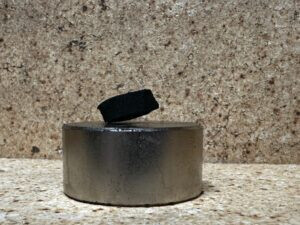
The picture appears to show what purports to be a superconductor partially levitating (I think it’s touching at the left) above what one supposes to be a magnet. The picture looks to have been taken on a granite countertop identical to the one in the Fourmilab kitchen.
The patent shows this drawing of a notional superconducting cable, with parts identified as…
… a superconducting unit or wire 20 with a non-conductive core or support 22, coated with a layer of activating material 24, a layer of perforated graphene 26 (e.g., wrapped therearound), and an exterior coat of activating materials 28.
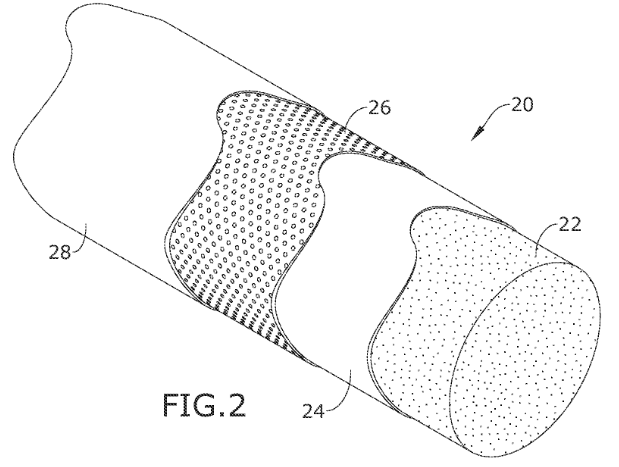
Notably absent from the press release, patent, or the company Web site is any mention of experimental results confirming that this “invention” is actually a superconductor. In fact, as discovered by @CTLaw, the patent states under “Detailed Description”:
The present invention provides a type II superconductor that is operative to conduct current at a wide range of temperatures from about −100° F. (about −73° C.) to about 302° F. (about 150° C.), such as about −80° F. (about −62° C.) to about 120° F. (about 49° C.) or about −10° F. (−23° C.) to about 180° F. (about 82° C.).
which, if you read it with the right kind of eyes, doesn’t actually say it is superconductive at the stated temperatures. This would also be true of a cuprate superconductor that is superconductive at liquid nitrogen temperatures but conducts weakly and resistively within the given high temperature range.
OK, Florida Man has checked in with a room temperature superconductor. Who’s next?
Andrew McCalip, who has been working to replicate the LK-99 production process as described in comment #3, now has the results from the first attempt in hand.
Now he’s seeing partial levitation of a flake of material from the first replication sample. (Twitter videos cannot be embedded here—click the screen shot to display in 𝕏/Twitter and play: requires log-in.)
Once again, this is a “partial levitation”: one end of the flake is sitting on the bottom of the beaker. This brings to mind the remark in the theory/simulation paper discussed in comment #18 that the proposed mechanism for superconductivity only works then the copper atom binds to one of two sites in the apatite material, with the other ineffective. I wonder if the reason nobody has achieved full levitation might be that only a portion of the prepared material has the copper bound to the active location, with the rest not superconducting. The active portion drags up that part of the sample with the rest remaining on the surface.
He notes that his results are very similar to those reported by the Huazong group in China, which I discussed in comment #19, and in the following comment here.
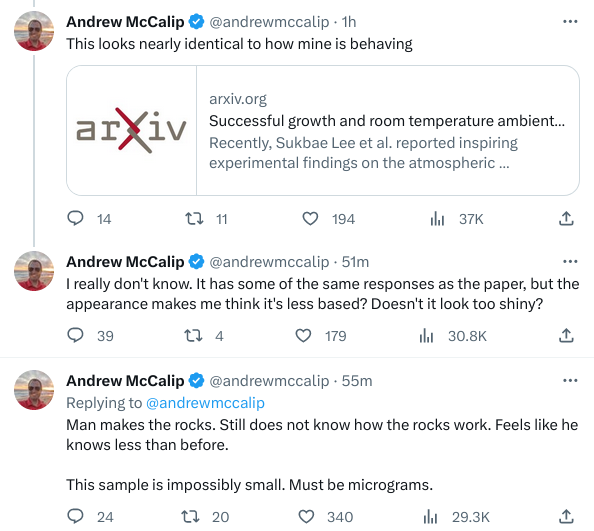
The group at Huazhong University of Science and Technology in China who reported replication of LK-99 synthesis and observed partial levitation in a video noted here in comment #19 have now posted a report of their work on arXiv (full text at link):
Here is the abstract:
Recently, Sukbae Lee et al. reported inspiring experimental findings on the atmospheric superconductivity of a modified lead apatite crystal (LK-99) at room temperature (Consideration for the development of room-temperature ambient-pressure superconductor (LK-99) -Journal of the Korean Crystal Growth and Crystal Technology | Korea Science, arXiv: 2307.12008, arXiv: 2307.12037). They claimed that the synthesized LK-99 materials exhibit the Meissner levitation phenomenon of superconductors and have a superconducting transition temperature (Tc) higher than 400 K. Here, for the first time, we successfully verify and synthesize the LK-99 crystals which can be magnetically levitated with larger levitated angle than Sukbae Lee’s sample at room temperature. It is expected to realize the true potential of room temperature, non-contact superconducting magnetic levitation in near future.
Polymarket is at $.32 on is it real.
That calls for digging this parody out of the groove-yard of forgotten hits. What if North Korea had discovered room temperature super-conductivity?
OK, go ahead & hate me.
Full levitation?
Assertion: novel, but not superconductor.
Polymarket down to $.14
Here is a paper from three authors at the Beijing National Laboratory for Condensed Matter Physics and Institute of Physics, Chinese Academy of Science who prepared a sample of LK-99 according to the instructions in the original papers and tested it.
Here is the abstract:
Lee et al. reported that the compound LK99, with a chemical formula of {\rm Pb}_{10}−_x{\rm Cu}_x({\rm PO}_4)_6{\rm O} (0.9<x<1.1), exhibits room-temperature superconductivity under ambient pressure. In this study, we investigated the transport and magnetic properties of pure {\rm Cu}_2{\rm S} and LK-99 containing {\rm Cu}_2{\rm S}. We observed a sharp superconducting-like transition and a thermal hysteresis behavior in the resistivity and magnetic susceptibility. However, we did not observe zero-resistivity below the transition temperature. We argue that the so-called superconducting behavior in LK-99 is most likely due to a reduction in resistivity caused by the first order structural phase transition of {\rm Cu}_2{\rm S} at around 385 K, from the β phase at high temperature to the γ phase at low temperature.
They conclude:
In conclusion, we measured transport and magnetic properties of pure {\rm Cu}_2{\rm S} as well as the mixture LK-99/{\rm Cu}_2{\rm S}, and reproduce the experimental results of resistivity. We found a sharp drop in resistivity, however, none of them show zero-resistivity. The superconducting-like behavior in LK-99 most likely originates from a magnitude reduction in resistivity caused by the first-order structural phase transition of {\rm Cu}_2{\rm S}.
Polymarket down to $0.08
Would it be fair to assume that the net benefit is drawing attention to the possibility of creating low resistance materials relying on the peculiar configuration identified with LK99?
A whole industry dedicated to selectively doping semiconductor substrates emerged in the 1960s and became the underlying support for the massive industrial and technological advances made possible by microprocessors.
I imagine LK99 type materials hold a lot of potential even if it turned out it’s not a bona fide superconducting material.
Yes… If all that comes out of this is a computer model of the materials that via gradient descent can find superconductors or even just low resistance materials we should expect to see big advances.
We still don’t know the precise mechanism by which the cuprate high temperature superconductors work. It’s pretty clear it has something to do with constraining electrons to a near-two-dimensional structure, but the details are not understood. It seems entirely probable that by studying these materials and others, such as LK-99, that exhibit anomalous properties, we’ll eventually figure out what is going on to cause superconductivity and then be able to design materials to obtain the properties we want, assuming physics permits them.
The number of arrangements of atoms in a material is effectively infinite and although chemists and material scientists are extraordinarily clever at figuring out how to make structures self-assemble, this represents only an infinitesimal fraction of the possible structures that could be assembled which are chemically and mechanically stable. When we are able to simulate the behaviour of arbitrary structures from ab initio quantum mechanics (which is one of those problems where quantum computing can be put immediately to work for a huge gain in performance) and assemble the structures we design atom-by-atom, as Richard Feynman envisioned in 1960,
But it is interesting that it would be, in principle, possible (I think) for a physicist to synthesize any chemical substance that the chemist writes down. Give the orders and the physicist synthesizes it. How? Put the atoms down where the chemist says, and so you make the substance. The problems of chemistry and biology can be greatly helped if our ability to see what we are doing, and to do things on an atomic level, is ultimately developed – a development which I think cannot be avoided.
This is what molecular nanotechnology is all about and, sooner of later, if we wish to continue to increase the power of our computing devices by scaling them down so they run faster and use less power, that’s the technology we’re eventually going to arrive at. When we get there, it would be surprising if we couldn’t make all kinds of things that natural processes cannot construct.
Here is a talk I gave in 1990 at the Autodesk Technology Forum “What Next? The Coming Revolution in Manufacturing”. As usual, I was (way) early in my predicted dates and over-optimistic in the rate of technological progress (at this epoch, I was just becoming dimly aware of the extent to which academic and national laboratory research in the U.S. was a giant taxpayer-funded trough at which, with rare exceptions, not-very-bright hogs fought for their places for that sweet, sweet government gruel). This became pellucidly evident when the U.S. National Nanotechnology Initiative (NNI) was launched in 2000, only to be immediately hijacked by the swine squad to fund things that had nothing to do with its purported goals, which was achieved by redefining the word “nanotechnology” to mean things nobody had ever used it for previously. Almost a quarter of a century later, NNI still exists, having spent more than US$ 36 billion, essentially none of it on nanotechnology as defined before its creation.
Too bad it was fake, why dose china make so much stuff up,
I am tired of all this China BS, have they ever invented anything notable? its all a lie.
It was from South Korea. Chinese appear key in explaining it.
Hmmm! Just off the top of my head … gunpowder, printing, ocean navigation, fine crockery. There is probably a lot more that a historical expert could point to.
Of course, many of those things were later independently re-invented in Europe when the Europeans began to learn what was possible from the likes of Marco Polo. ![]()
